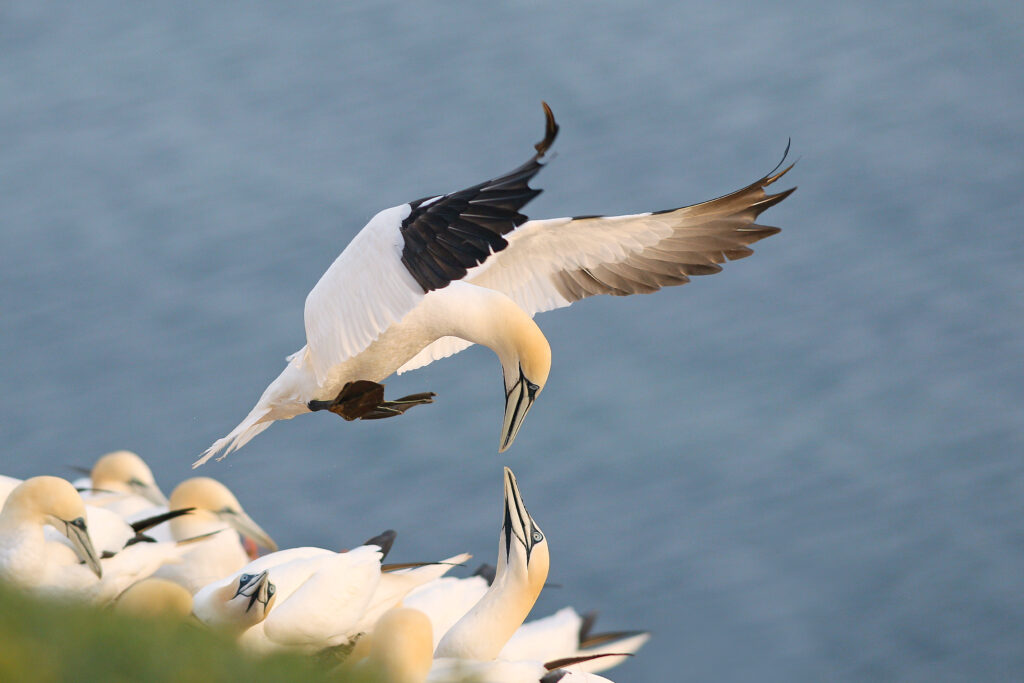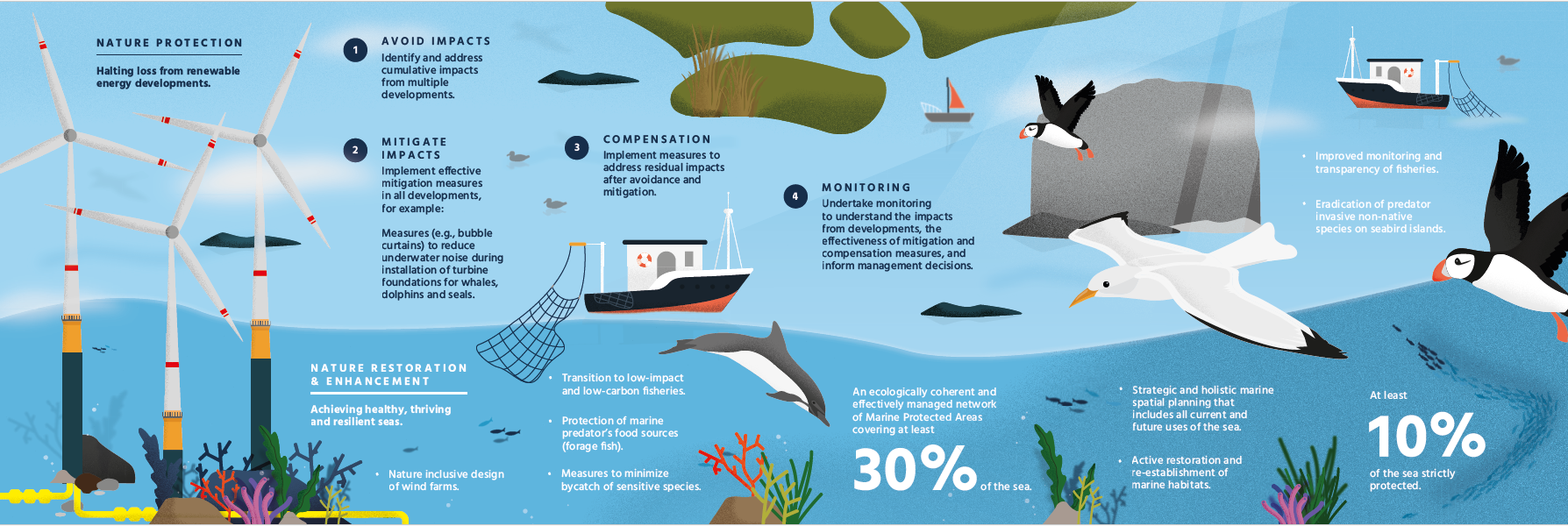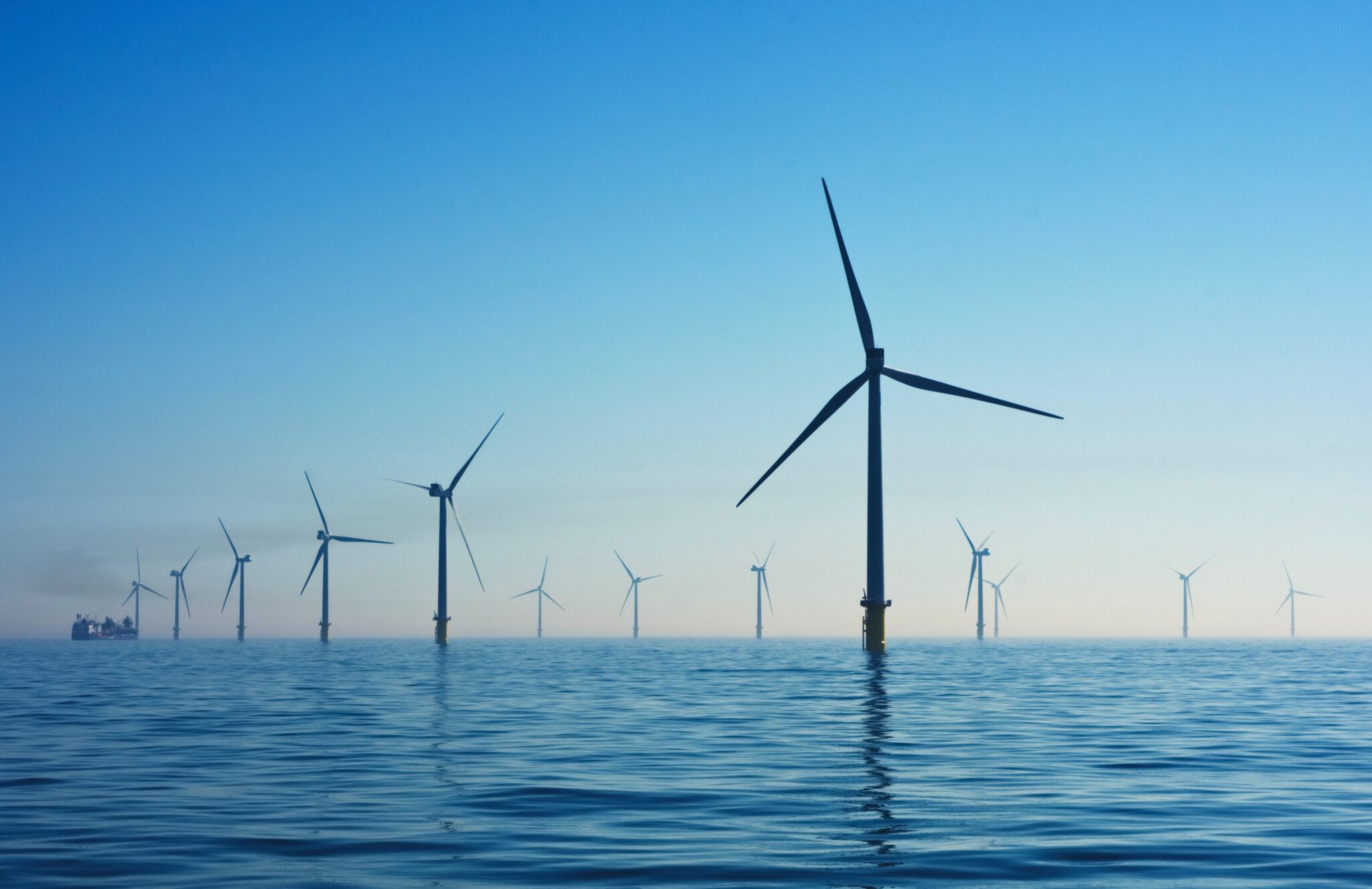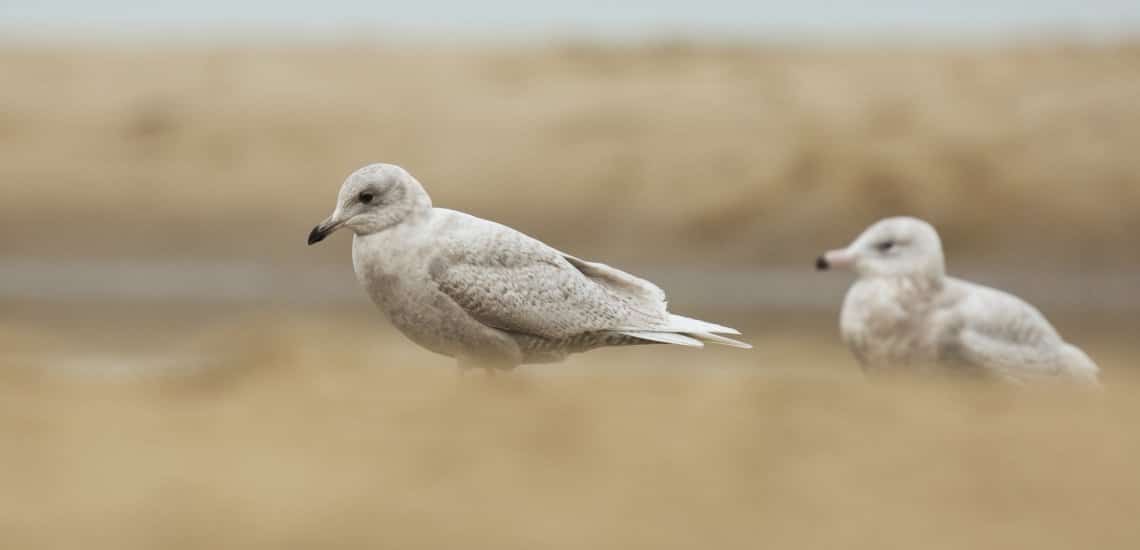Achieving a Nature Positive energy transition at sea

BirdLife’s new position paper Winds of Change: Powering Healthy Seas through a Nature Positive Energy Transition presents a clear vision for our seas and outlines how the shift to renewable energy sources at sea can catalyse action to combat the interconnected nature and climate crises.
Coastal states across Europe are planning a rapid and large-scale expansion of offshore wind to respond to threats posed by climate change and to secure their future energy supplies. However, it is important to recognize that if done incorrectly, this expansion will inevitably have negative impacts on our marine ecosystems, which themselves play a crucial role in the fight against climate change by capturing and storing carbon.
The EU’s Renewable Energy Directive aims to expedite the rollout of renewable energy by encouraging EU countries to identify renewables acceleration areas where streamlined procedures will apply to new developments. This approach risks pitting renewable energy development against nature protection and undermining the many benefits of healthy seas. Given that marine ecosystems are already in a precarious state due to historical and ongoing harmful human activities, it is essential to prioritize their protection and restoration alongside the expansion of offshore renewables. Only by doing so can we achieve a Nature Positive energy transition at sea.
This requires concerted efforts from both industry and governments to minimize impacts on nature from renewable energy developments, rectify any residual harm, and implement ambitious and large-scale measures to restore and enhance nature at sea by reducing and removing existing pressures. This necessitates a holistic approach to planning and managing human activities at sea that places the protection and restoration of healthy seas at its core and is underpinned by a just transition of other marine sectors.
The renewable energy transition at sea provides a unique and unmissable opportunity to address persistent failures in the management of human uses of the marine environment. It has the potential to spur the necessary action to achieve healthy, thriving, and resilient seas that benefit nature, climate, and people alike.
Have a look at our infografic below showing how nature-inclusive designs can be implemented in wind farms:
You might also be interested in:
 | Stichting BirdLife Europe gratefully acknowledges financial support from the European Commission. All content and opinions expressed on these pages are solely those of Stichting BirdLife Europe. The European Commission is not responsible for any use that may be made of the information it contains. |










